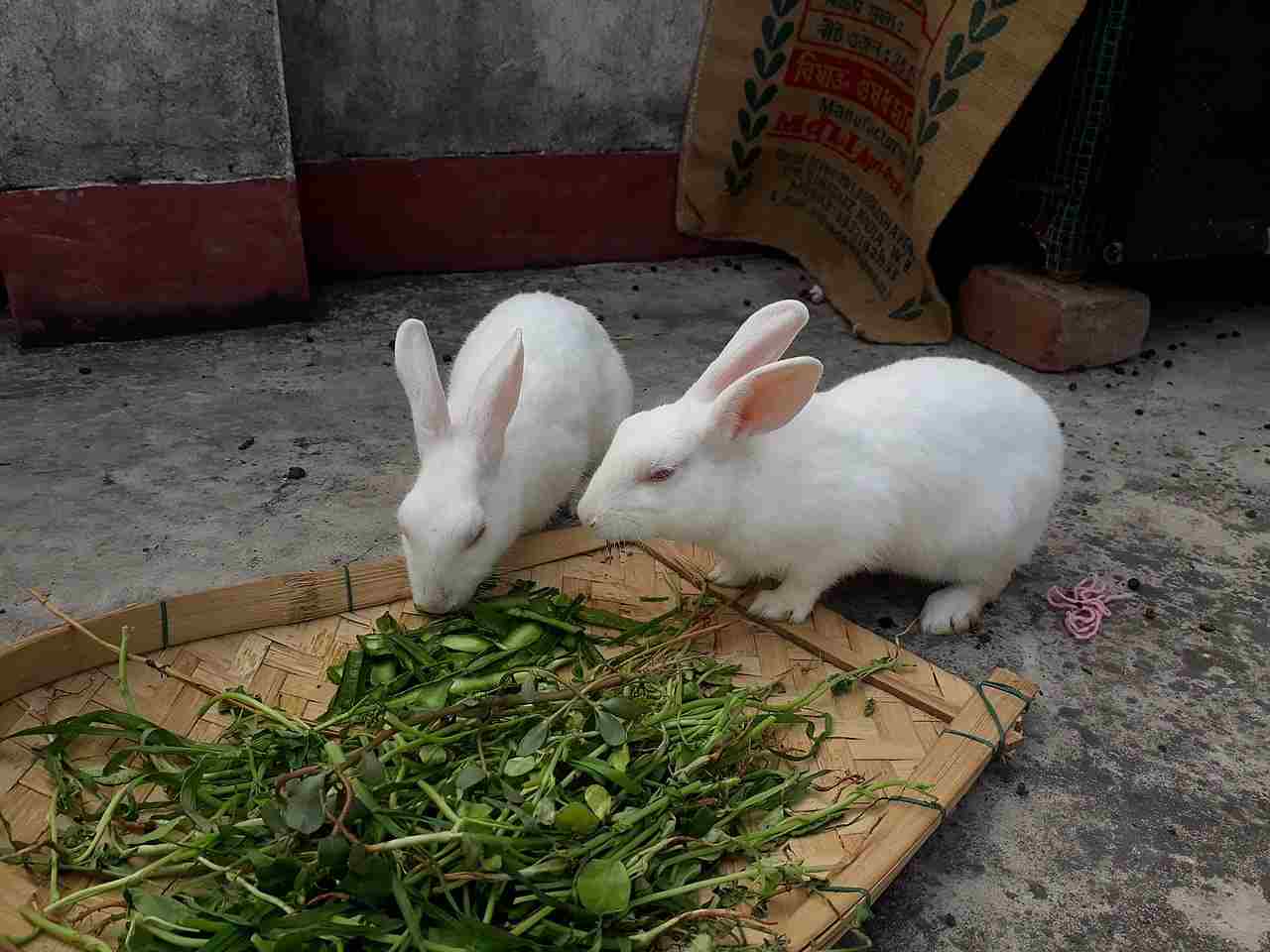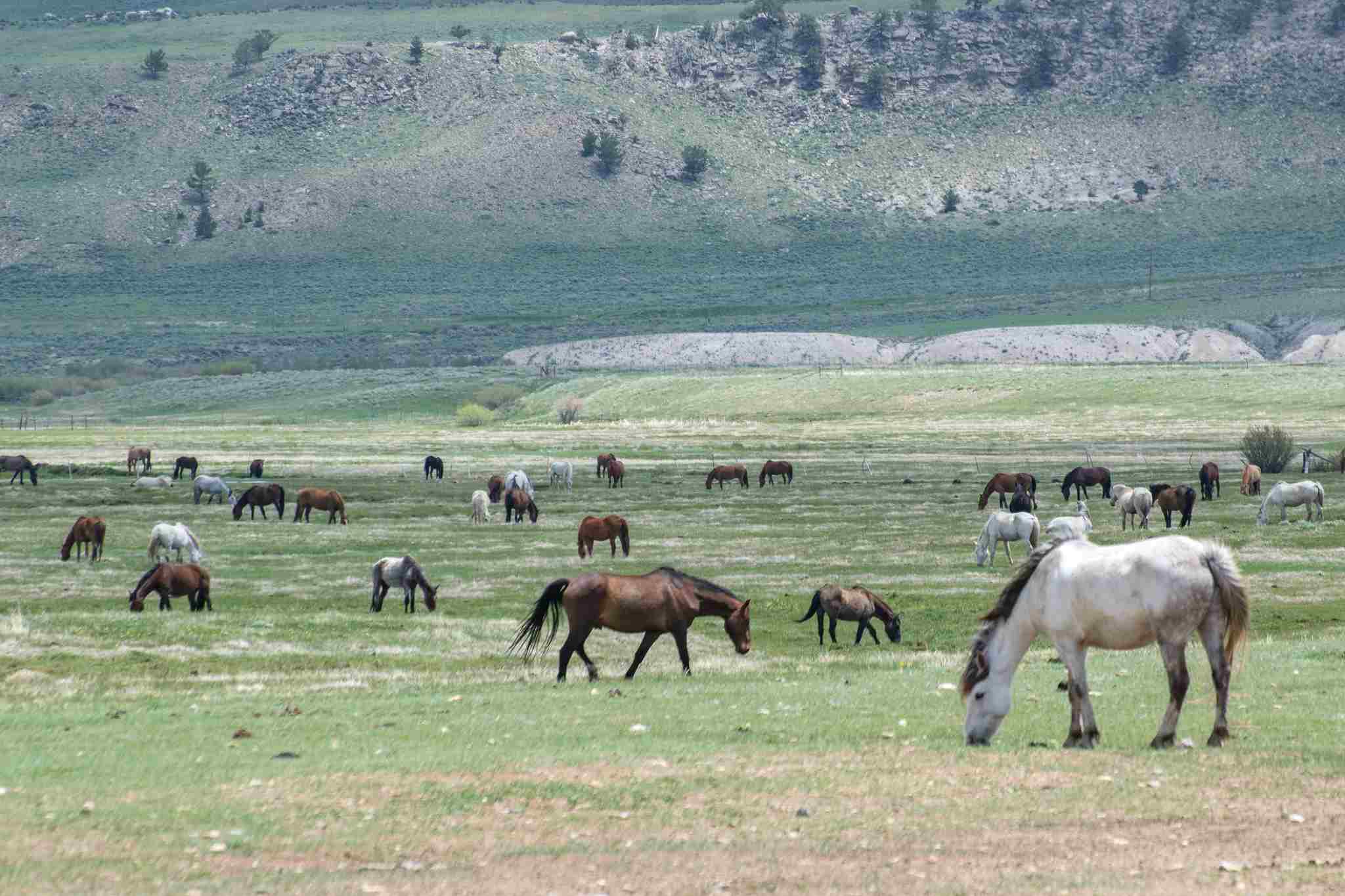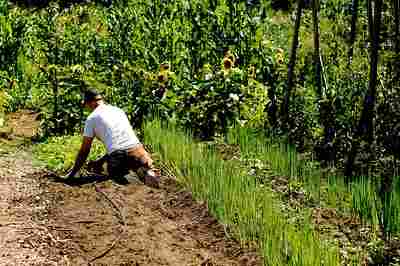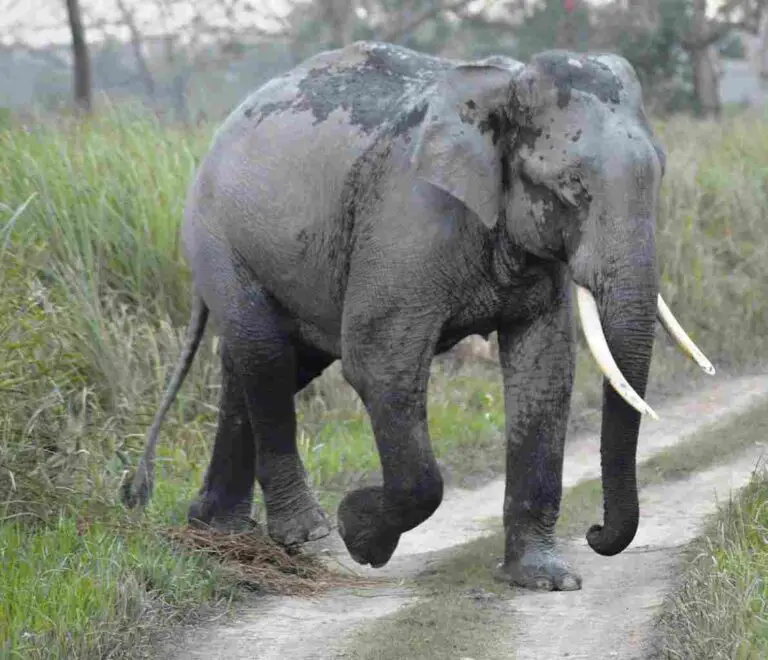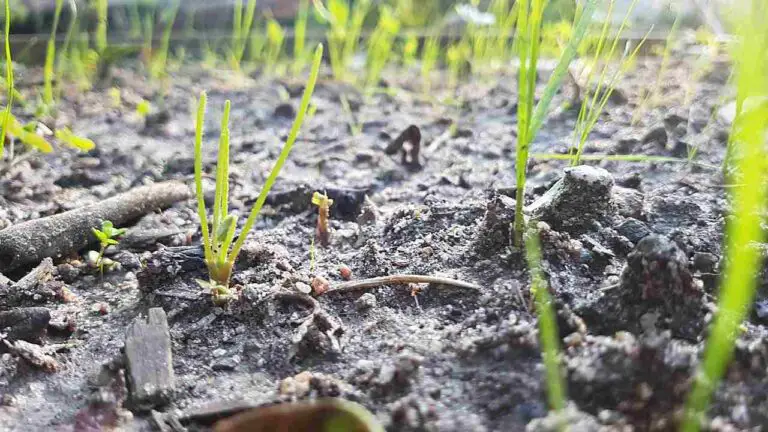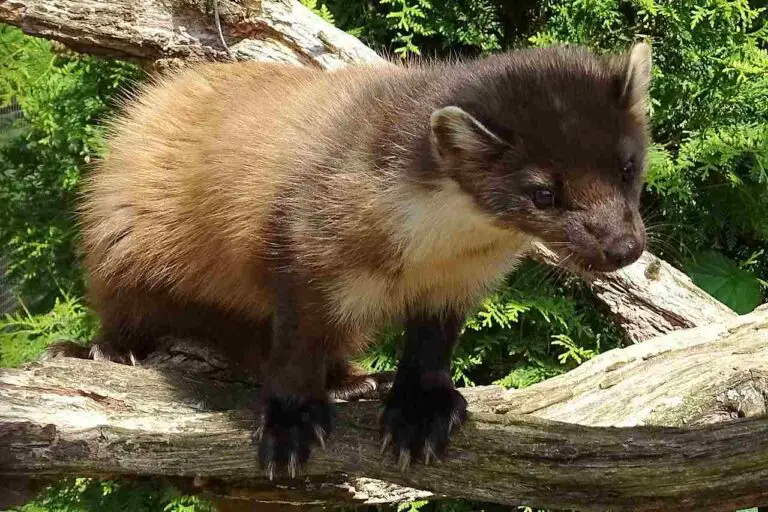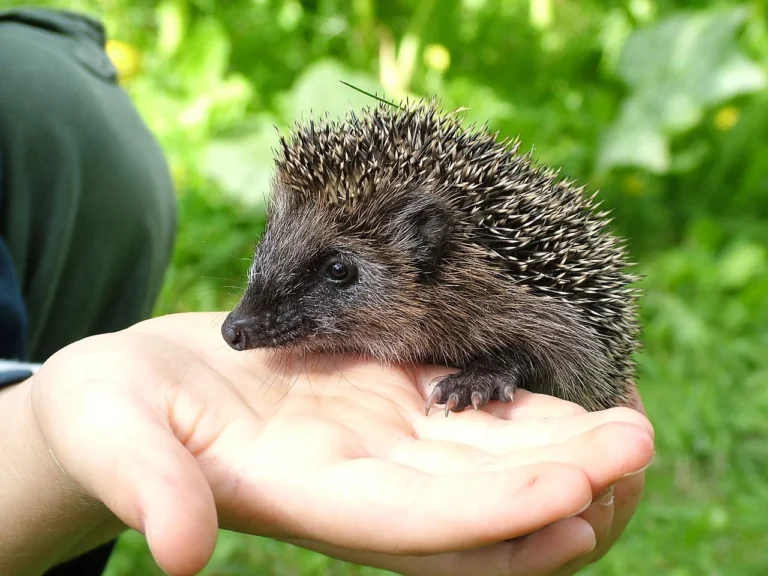Herbivores, Omnivores and Carnivores in Terms of The Efficiency of Food Utilization in Agriculture/Ecology
In agriculture and ecology, herbivores typically have lower efficiency of food utilization due to the challenges in digesting cellulose and plant matter. Omnivores exhibit variable efficiency depending on their diet composition, while carnivores generally have higher efficiency due to easier digestion of animal tissues. This efficiency hierarchy influences ecosystem dynamics and agricultural practices, with herbivores often requiring more food to sustain themselves compared to carnivores, and omnivores occupying a versatile role in utilizing both plant and animal resources.
What Is The Consumption Efficiency Of Herbivores Vs Carnivores?
Consumption efficiency refers to the proportion of consumed food that is actually digested and assimilated by an organism. In comparing herbivores and carnivores, several factors influence their consumption efficiency.
Herbivores, as primary consumers, typically consume plant matter, which contains complex carbohydrates like cellulose. However, cellulose is difficult to digest, as herbivores lack the enzymes necessary to break it down efficiently. Consequently, herbivores have lower consumption efficiency compared to carnivores. Much of the plant material passes through the digestive system undigested, leading to lower overall energy extraction from their food.
Carnivores, on the other hand, feed on animal tissue which is generally easier to digest compared to plant matter. Animal tissues contain higher concentrations of proteins and fats, which are more readily absorbed and metabolized by carnivores. This results in higher consumption efficiency for carnivores compared to herbivores.
Moreover, the digestive systems of carnivores are often shorter and more specialized for meat digestion, enabling them to extract nutrients more efficiently from their food. In contrast, herbivores have longer digestive tracts and often rely on specialized fermentation chambers, such as the rumen in ruminants, to break down cellulose and extract nutrients from plant material.
Overall, while consumption efficiency varies among species within each group, carnivores generally have higher consumption efficiency compared to herbivores due to the nature of their diets and digestive systems.
Is The Energy Conversion Efficiency Of Herbivores Better Than Carnivores?
Energy conversion efficiency refers to the efficiency with which organisms convert the energy stored in their food into usable energy for metabolism and growth. When comparing herbivores and carnivores, their energy conversion efficiency is influenced by various factors.
Herbivores obtain their energy from plant matter, which is often abundant but contains complex carbohydrates like cellulose. As mentioned earlier, herbivores have lower consumption efficiency due to the difficulty in digesting cellulose. However, once the plant material is digested, herbivores can efficiently extract energy from the carbohydrates, proteins, and fats present in their diet. The energy conversion efficiency of herbivores varies depending on their digestive physiology and the types of plants they consume.
Carnivores, on the other hand, obtain their energy from animal tissues which are rich in proteins and fats. Animal tissues are generally easier to digest compared to plant matter, resulting in higher consumption efficiency for carnivores. As a result, carnivores can efficiently convert the energy from their food into usable energy for metabolism and growth.
Overall, while herbivores may have lower consumption efficiency due to the difficulty in digesting plant material, their energy conversion efficiency can be comparable to or even better than carnivores depending on the specific species and their diets.
Energy Conversion Efficiency of Omnivores Vs Carnivores
Omnivores are organisms that consume both plant and animal matter, and their energy conversion efficiency can vary depending on the composition of their diet and their digestive physiology.
Similar to carnivores, omnivores that consume animal tissues can benefit from the higher energy content and ease of digestion of animal proteins and fats, resulting in relatively high energy conversion efficiency. Conversely, when omnivores consume plant matter, their energy conversion efficiency may be lower due to the challenges associated with digesting complex carbohydrates like cellulose.
The energy conversion efficiency of omnivores may also be influenced by their ability to adapt to different types of food sources. Some omnivores have evolved specialized digestive systems that allow them to efficiently process both plant and animal matter, thereby maximizing their energy conversion efficiency across a diverse range of food sources.
Overall, the energy conversion efficiency of omnivores can vary depending on their dietary habits, digestive physiology, and the specific composition of their diet.
Energy Conversion Efficiency of Omnivores Vs Herbivores
Comparing the energy conversion efficiency of omnivores and herbivores involves considering the diversity of their diets and the digestive adaptations each group possesses.
Herbivores primarily consume plant matter, which can be challenging to digest due to the presence of cellulose and other complex carbohydrates. While herbivores may have lower consumption efficiency compared to omnivores, their energy conversion efficiency can still be quite high once the plant material is digested. Herbivores have evolved specialized digestive systems, such as multiple stomach compartments in ruminants, to efficiently extract nutrients from plant matter. Additionally, herbivores often have symbiotic relationships with microorganisms in their digestive tracts that aid in breaking down cellulose and other tough plant materials, further enhancing their energy conversion efficiency.
Omnivores, on the other hand, have a more varied diet that includes both plant and animal matter. The energy conversion efficiency of omnivores depends on the specific composition of their diet and their digestive adaptations. When omnivores consume animal tissues, they can benefit from the higher energy content and ease of digestion of proteins and fats, potentially leading to higher energy conversion efficiency compared to herbivores. However, when omnivores consume plant matter, their energy conversion efficiency may be lower due to the challenges associated with digesting complex carbohydrates.
Overall, the energy conversion efficiency of omnivores can vary depending on the balance between plant and animal matter in their diet, as well as their ability to efficiently digest and extract nutrients from both food sources.
What Are The Food Habits Of Herbivores Carnivores And Omnivores?
Herbivores, carnivores, and omnivores have distinct food habits that reflect their dietary preferences and physiological adaptations.
Herbivores primarily feed on plant matter, including leaves, grasses, fruits, seeds, and stems. Their digestive systems are adapted to process cellulose and other complex carbohydrates found in plants. Herbivores range from large mammals like elephants and cows to small insects like grasshoppers and caterpillars. Some herbivores, such as ruminants, have specialized stomach compartments to aid in the digestion of plant material.
Carnivores are meat-eating animals that prey on other animals for food. They have sharp teeth and claws for capturing and killing prey, as well as a digestive system adapted to digesting animal tissues. Carnivores include apex predators like lions and tigers, as well as scavengers like hyenas and vultures. Their diets consist primarily of meat, although some carnivores may occasionally consume plant matter.
Omnivores have a more varied diet that includes both plant and animal matter. They possess a combination of anatomical and physiological adaptations that allow them to digest a wide range of food sources. Omnivores include animals like bears, raccoons, and humans, which consume a mix of fruits, vegetables, grains, meat, and other foods depending on availability and nutritional needs. Their diverse diet allows them to adapt to different environments and exploit a variety of food resources.
| Aspect | Herbivores |
| Consumption Efficiency |
Lower due to difficulty digesting cellulose and plant matter
|
| Energy Conversion Efficiency |
Can be high once plant material is digested
|
| Food Habits |
Primarily consume plant matter
|
| Aspect | Carnivores |
| Consumption Efficiency |
Higher due to easier digestion of animal tissues
|
| Energy Conversion Efficiency |
Relatively high due to efficient digestion of animal proteins and fats
|
| Food Habits |
Primarily consume animal tissues
|
| Aspect | Omnivores |
| Energy Conversion Efficiency |
Variable depending on diet composition and digestive adaptations
|
| Food Habits |
Consume both plant and animal matter
|
